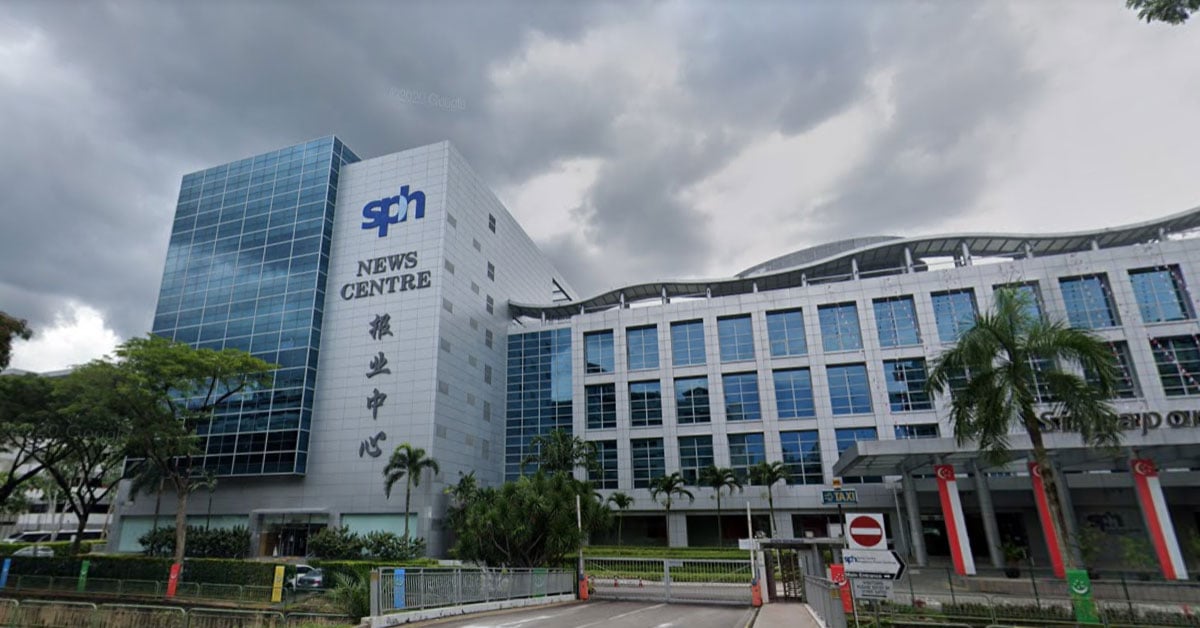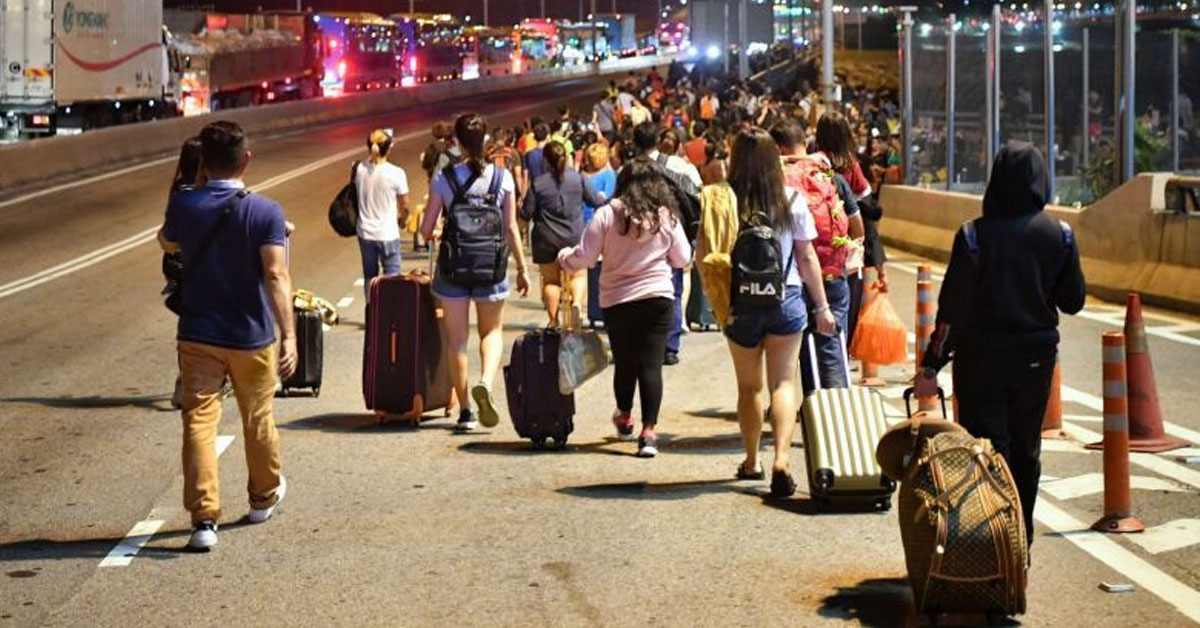Yesterday, everyone’s attention might’ve been on Yishun, but in a move that’s certainly not timed, The Straits Times reported that The Straits Times’ circulation numbers might have been tampered with.
In other words, they ownself report ownself.
Here’s what happened, and why it’s such a hoo-ha.
SPH Media Publications’ Circulation Numbers Inflated by Up to 12% by Employees
Before anything, let’s understand one thing: Numbers.
A news publication prices its rates to advertisers based on the eyeballs it can garner, pretty much similar to how influencers charge clients based on their followers count.
For example, if a client wants to promote something on Instagram and is looking at JianHao Tan and Goody Feed, JianHao Tan can charge way more than Goody Feed, not because JianHao Tan can take better images, but because he has way more followers.
In the same vein, news publications do that, and instead of “followers”, they use circulation numbers—which refers to how many copies of newspapers were printed and sold daily.
These numbers are the Holy Grail of every media outlet for obvious reasons.
SPH Media owns brands like The Straits Times and Lianhe Zaobao—publications that are still in print form, which means circulation numbers are important since other online-based brands like TNP can base their “follower count” on pageviews, which cannot be amended.
The Straits Times reported yesterday (9 January 2023) that in March 2022, SPH Media initiated a review of internal processes, and one of the processes is the reporting of circulation data.
That was when they discovered “some inconsistencies in the reporting of the data.”
It turned out that there’s a “discrepancy of between 85,000 and 95,000 daily average copies across all titles.”
This means their daily circulation numbers are inflated by up to 12%.
If we were to ask an influencer about this kind of discrepancy, I’m pretty sure they’d say it’s bots or spam accounts, but you can’t use that reason for print copies, so here’s what really happened:
Newspapers were printed, counted for circulation and then destroyed.
Greta Thunberg won’t be happy about this.
In addition, in some instances, there was double-counting of subscriptions (because if you’re old enough, you’d know that we don’t just buy newspapers from the downstairs auntie—most of us subscribe to it monthly and have an uncle throw the newspaper at our door every morning instead).
Double-counting would suggest that even when someone subscribes to just one publication, it’ll be logged in as two subscriptions. Pretty sure that’s not how password-sharing works.
But…could it be an accident?
No—an account used for a project was injected with additional funding to do that.
For example, maybe SPH Media has a project about creating a blue cat to talk about news daily, and it needs $5,000 a day to run the project, so the budget is, technically, $5,000.
However, they might say it takes $7,000 a day, so that the extra $2,000 is used to print newspapers and destroy them.
It’s not revealed which publications were affected.
With that, several senior employees of SPH Media have been taken to task or left the company. They were not named.
This Happened After SPH’s Major Restructuring
Remember umbrage?
Yes, this happened after the Umbrage Incident.
Lest you only remember the man and not the incident, here’s a recap: SPH isn’t making money, so it was split into two entities in December 2021: one would be an entity that’s still making money through properties, and the other, known as SPH Media Trust, will be the one that’s losing money from the media industry.
And because it’s losing money, it’ll receive public funding instead, so we’d still have news to follow daily, and reporters will still be paid.
Shortly after, there months later, in March 2022, SPH Media engaged a new Chief Executive Officer, Ms Teo Lay Lim.
And, of course, the review started on March 2022, so if you connect the dots, you’re probably asking the same question: Is this something new, or has this been going on for a long time?
SPH Media did not say how long these practices have been going on.
Since it’s receiving public funding, the Ministry of Communications and Information (MCI) has responded, with a spokesperson saying that they will conduct their own review.
Why the Hoo-Ha?
Now, imagine you’re an advertiser who’s been engaging an influencer to promote your products, and because it’s merely a branding campaign, you have no way to measure the results of your campaign except to base it on the number of followers the influencer has.
The more followers the influencer has, the more people will see your product, right?
It doesn’t matter if they buy or not since the goal is to get eyeballs and not conversion.
An example would be a campaign by a soft drink company: they do it regularly to remind us to buy more, and they cannot measure the results of their advertising campaigns: it’s based on the number of followers.
Now you know why it’s such a big hoo-ha: if the circulation numbers have been inflated intentionally, it’s akin to influencers buying followers.
And when a big influencer buys followers, you can bet that people would take umbrage.
Featured Image: Google Maps



